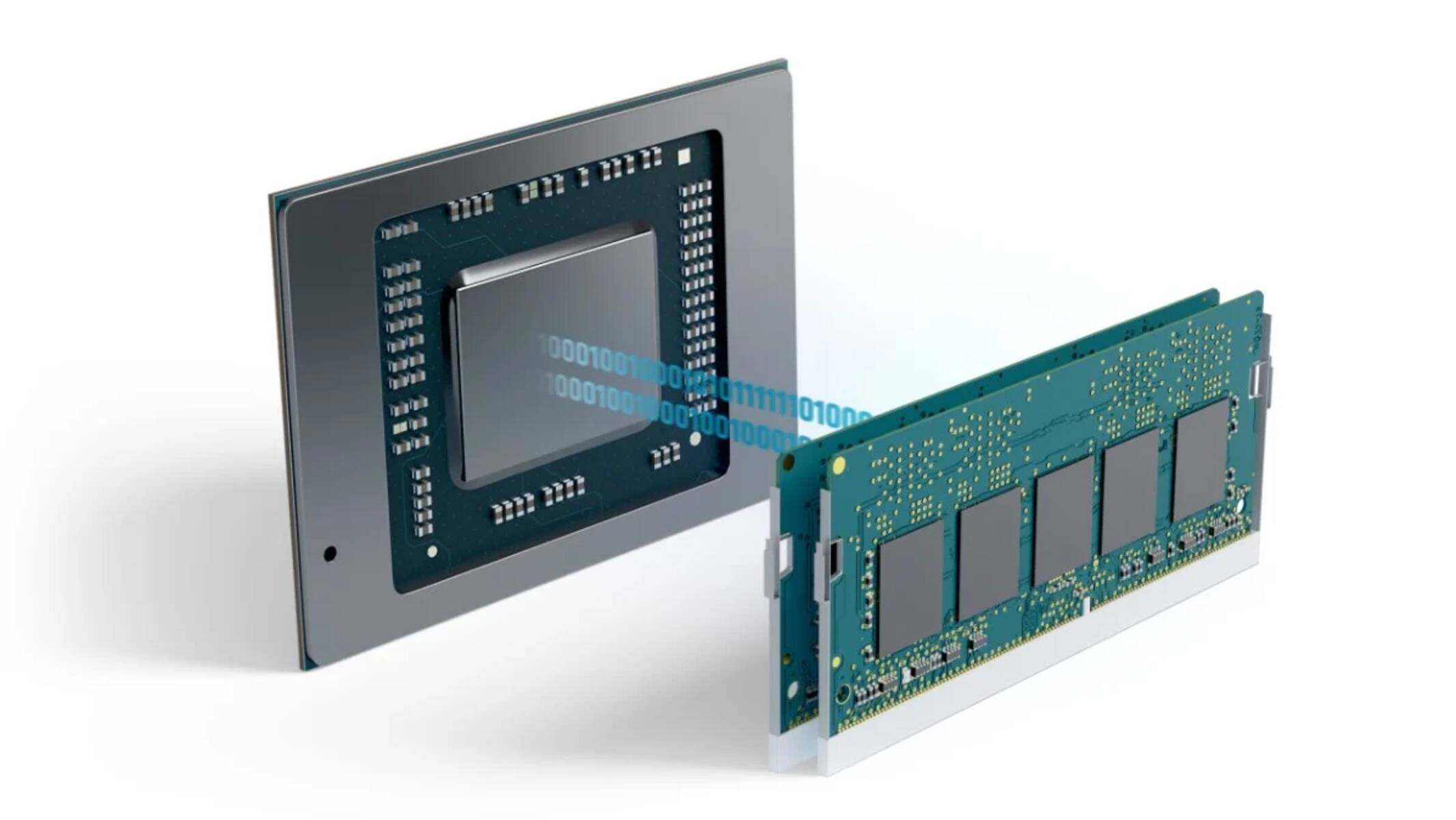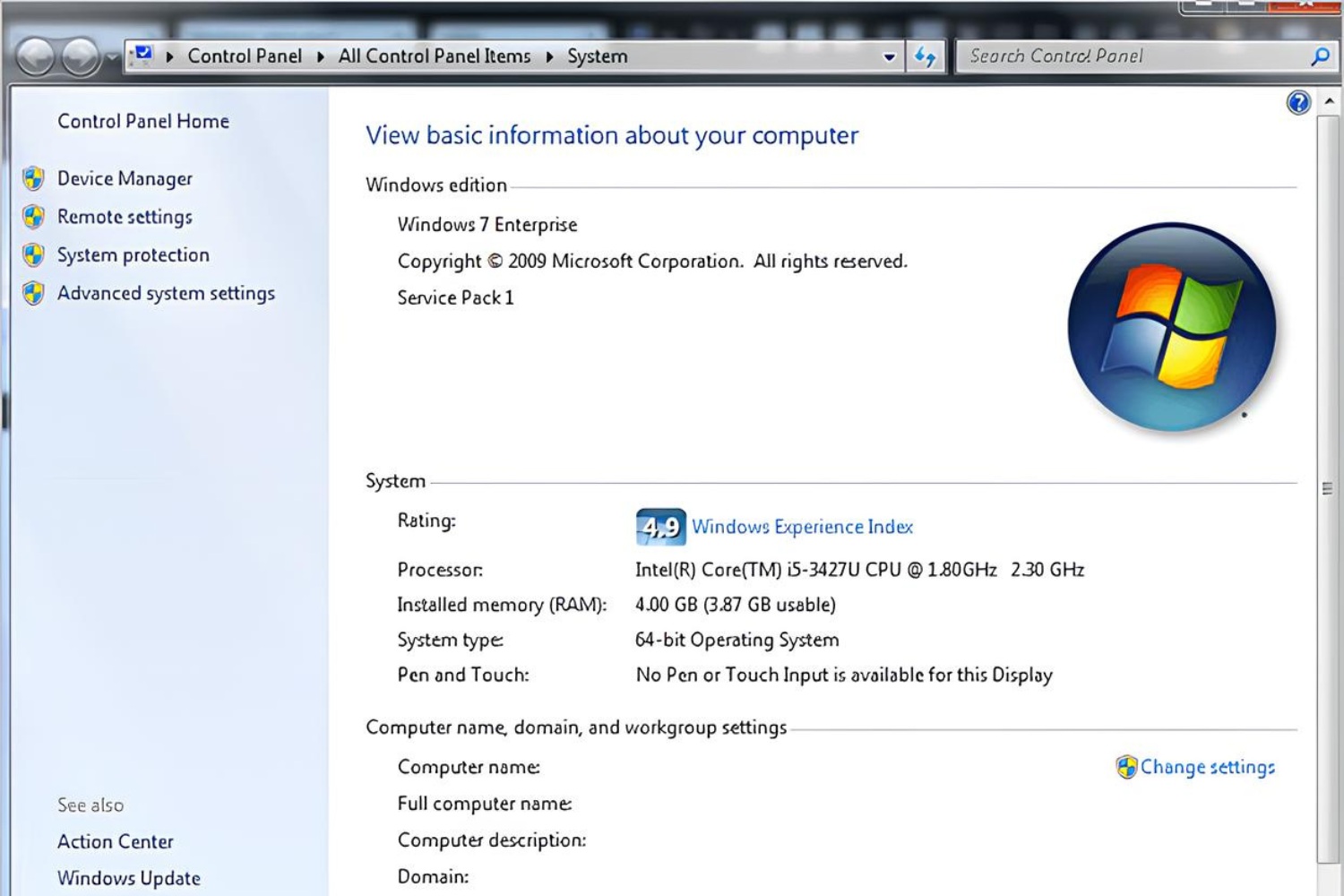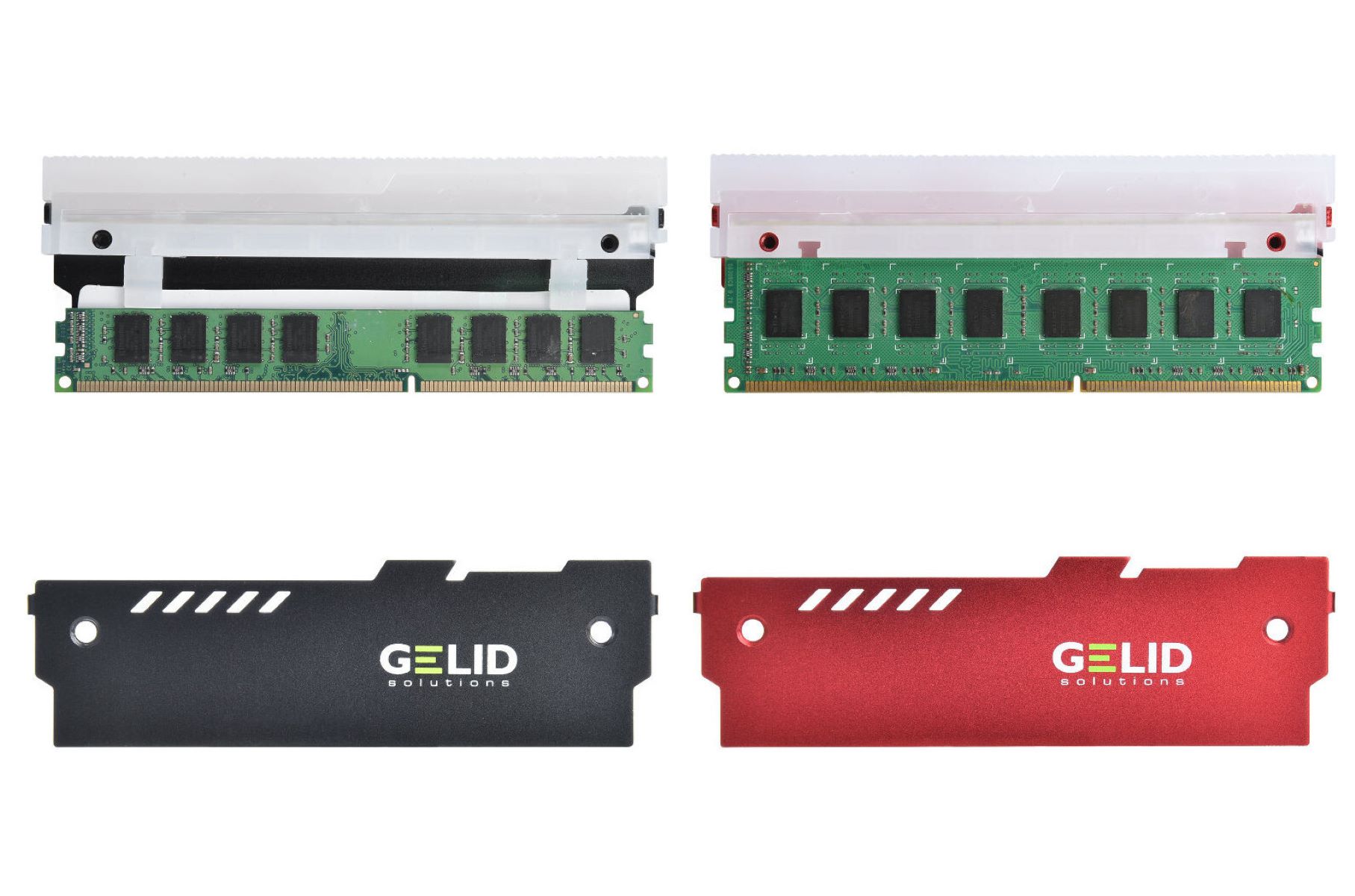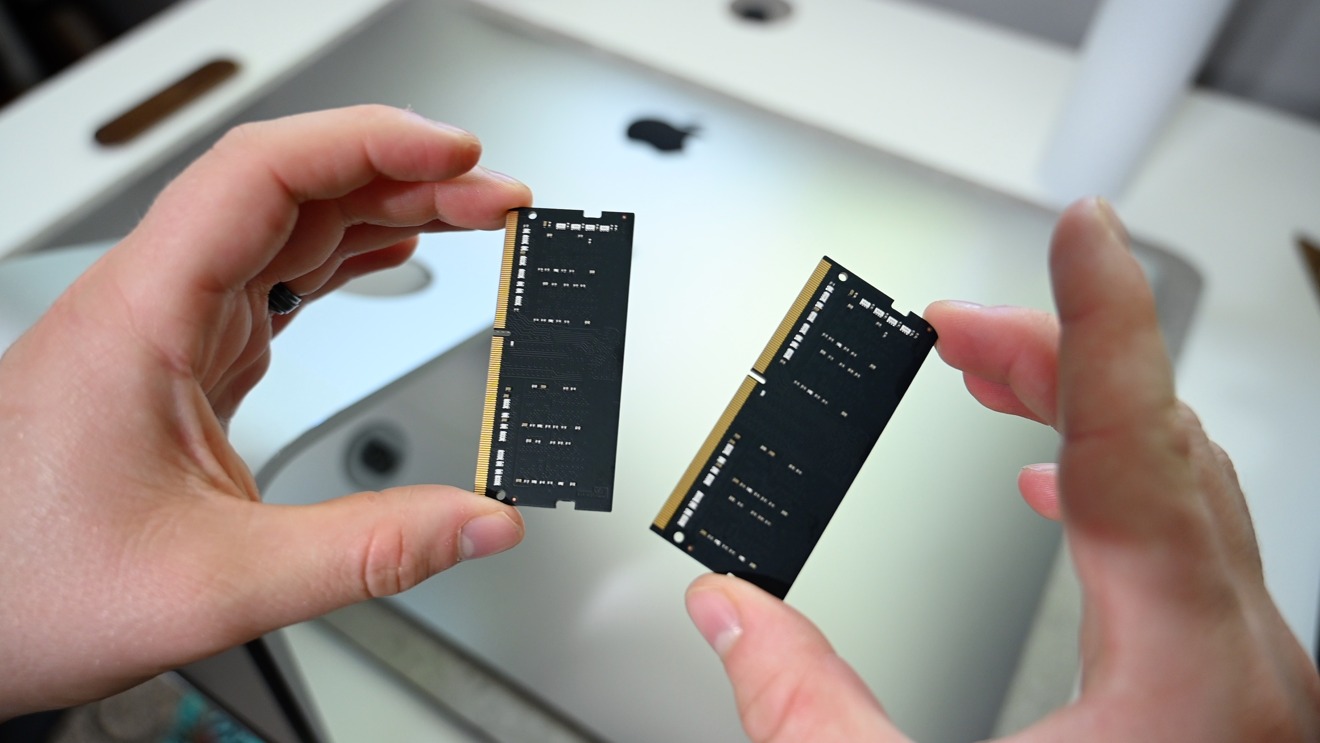Introduction
When it comes to computer hardware, one crucial component that determines the performance of your system is RAM, or Random Access Memory. Whether you’re upgrading your computer’s RAM or troubleshooting an issue, it’s important to know what type of RAM your system has. The RAM type can vary depending on the computer model, manufacturer, and specifications.
In this article, we will discuss various methods to find out what kind of RAM you have. Whether you are using a Windows, Mac, or Linux operating system, there are several straightforward ways to identify the type of RAM installed on your system. By determining the RAM type, you can ensure compatibility when upgrading or replacing your RAM modules.
Additionally, understanding the RAM type allows you to optimize your system’s performance by selecting the appropriate speed and capacity of RAM for your specific needs. By following the methods outlined in this article, you’ll be able to easily find out what kind of RAM is in your computer, making it easier to make informed decisions regarding your computer’s memory.
Without further ado, let’s dive into the various ways you can check the type of RAM in your computer, whether you’re using Windows, Mac, or Linux operating systems. We will also explore how to use the Command Prompt and third-party software to identify the RAM type.
Checking the RAM Type on Windows
Windows operating systems offer a few different methods to check the type of RAM installed on your system. Here are the steps:
- Task Manager: Press Ctrl + Shift + Esc to open the Task Manager. Go to the “Performance” tab, and under the “Memory” section, you will find the “Speed” and “Slots used” information. This will give you a general idea of the RAM type, such as DDR3 or DDR4. Keep in mind that this method may not provide detailed information.
- System Information: Open the Start menu and type “System Information.” Click on the “System Information” app to open it. In the application, expand the “Components” tab and select “Memory.” Here, you will find detailed information about the RAM, such as the manufacturer, part number, and capacity. The “Type” field will specify the RAM type, such as DDR3 or DDR4.
- Command Prompt: Open the Command Prompt by searching for “cmd” in the Start menu. Once open, type the following command:
wmic memorychip get partnumber,manufacturer. Press Enter, and you will see a list of the RAM modules installed on your system, along with their part numbers and manufacturers. With this information, you can search for the specific part numbers to determine the RAM type.
By using these methods, you can easily check the type of RAM installed on your Windows system. Remember to note down the information for future reference, especially if you’re planning to upgrade or replace your RAM modules.
Checking the RAM Type on Mac
If you are using a Mac computer, you can find out the type of RAM installed on your system by following these simple steps:
- About This Mac: Click on the Apple menu in the top-left corner of your screen and select “About This Mac.” In the window that appears, click on the “Memory” tab. Here, you will find information about the installed memory, including the type of RAM. It will typically mention the RAM type, such as DDR3 or DDR4.
- System Information: Another way to check the RAM type is by using the “System Information” utility. To access it, click on the Apple menu, select “About This Mac,” and then click on “System Report.” In the left sidebar, select “Memory” under the “Hardware” section. Look for the “Type” field, which will indicate the RAM type, such as DDR3 or DDR4.
- Terminal: For users comfortable with the command line, you can use the Terminal to check the RAM type. Open the Terminal application from the Utilities folder in the Applications folder. Type the following command:
system_profiler SPMemoryDataTypeand press Enter. This command will display detailed information about your system’s memory, including the RAM type.
By following these steps, you can easily determine the type of RAM installed on your Mac computer. This information is invaluable when considering RAM upgrades or troubleshooting memory-related issues. Make sure to take note of the RAM type for future reference.
Checking the RAM Type on Linux
If you are using a Linux-based operating system, there are a few different methods you can use to check the type of RAM installed on your system:
- dmidecode command: Open the Terminal and type the following command:
sudo dmidecode --type memory | less. This command will display detailed information about your system’s memory. Look for the “Type” field to determine the RAM type, such as DDR3 or DDR4. - lshw command: Another way to check the RAM type on Linux is by using the lshw command. Open the Terminal and type the following command:
sudo lshw -class memory. This command will provide detailed information about your system’s memory, including the RAM type. - Hardinfo: If you prefer a graphical user interface, you can install the Hardinfo application. Open the Terminal and type the following command:
sudo apt-get install hardinfo. Once installed, open the Hardinfo application and navigate to the “Devices” tab. Under the “Memory” section, you will find information about the installed RAM, including the type.
With these methods, you can easily check the type of RAM installed on your Linux system. Note that the commands may vary depending on the Linux distribution you are using. Make sure to refer to the documentation or community resources specific to your distribution if you encounter any issues.
Using the Command Prompt to Check RAM Type
If you prefer using the Command Prompt (Windows) or Terminal (Mac/Linux) to check the type of RAM installed on your computer, there are commands available that can provide you with the necessary information:
- Windows Command Prompt: Open the Command Prompt by pressing the Windows key + R, typing “cmd,” and hitting Enter. Once the Command Prompt window is open, type the following command:
wmic memorychip get partnumber,manufacturerand press Enter. This command will display a list of the RAM modules installed on your system, along with their part numbers and manufacturers. You can search for the specific part numbers online to determine the RAM type. - Mac/Linux Terminal: Open the Terminal application. Depending on your operating system, use one of the following commands:
- Mac:
- Linux:
- Third-Party Software: In addition to using the command line, you can also utilize third-party software designed to gather system information. Tools such as CPU-Z and Speccy can provide detailed information about your computer’s hardware, including RAM type and specifications. Simply download and install the software, and then navigate to the Memory or RAM section to identify the exact type of RAM installed on your system.
system_profiler SPMemoryDataType
sudo dmidecode --type memory | less or sudo lshw -class memory
These commands will provide you with detailed information about the RAM installed on your system, including the type of RAM.
By using the Command Prompt (Windows) or Terminal (Mac/Linux), along with third-party software, you can easily check the type of RAM installed on your computer. These methods provide more in-depth information about your RAM and can be helpful when troubleshooting issues or planning upgrades.
Checking the RAM Type Using Third-Party Software
If you prefer a more user-friendly approach to check the RAM type on your computer, you can use third-party software specifically designed to gather system information. Here are a few popular options:
- CPU-Z: CPU-Z is a widely used free software that provides detailed information about your computer’s hardware. Download and install CPU-Z from the official website, then launch the application. Navigate to the “Memory” tab, where you will find information about the RAM installed on your system, including the type (e.g., DDR3 or DDR4) and other specifications.
- Speccy: Speccy is another popular system information tool developed by Piriform. Download and install Speccy, and when you open the application, you will find a comprehensive overview of your system’s hardware. Navigate to the “RAM” section, where you can find detailed information about the RAM modules installed on your computer, including the type.
- Belarc Advisor: Belarc Advisor is a system analyzer that provides a detailed profile of your computer’s hardware and software. Download and install Belarc Advisor, and when you run the program, it will generate a web page that includes information about your system. Look for the section related to memory, where you can find details about the RAM type.
By using these third-party software tools, you can easily access detailed information about the type of RAM installed on your system. These tools provide a user-friendly interface, making it convenient to gather system information and troubleshoot issues related to memory.
Conclusion
Knowing the type of RAM installed on your computer is essential for various reasons, including upgrading, troubleshooting, and optimizing performance. Whether you’re using a Windows, Mac, or Linux operating system, there are multiple methods available to check the RAM type.
On Windows, you can utilize the Task Manager, System Information, or the Command Prompt to gather information about the RAM installed on your system. Mac users can access the “About This Mac” or “System Information” utility to find details about their RAM type. Linux users can use commands like dmidecode or lshw in the Terminal to check RAM type.
If you prefer a more user-friendly approach, third-party software like CPU-Z, Speccy, or Belarc Advisor can provide detailed information about the type of RAM installed on your system. These software options offer a more comprehensive overview of your computer’s hardware.
Remember to take note of the RAM type for future reference, especially if you plan to upgrade or replace your RAM modules. Knowing the exact type will ensure compatibility and allow you to make informed decisions regarding your computer’s memory.
By following the methods outlined in this article, you can easily check the RAM type on your computer, regardless of the operating system you are using. Having this information at your fingertips empowers you to make informed decisions when it comes to maintaining and upgrading your system’s memory.

























